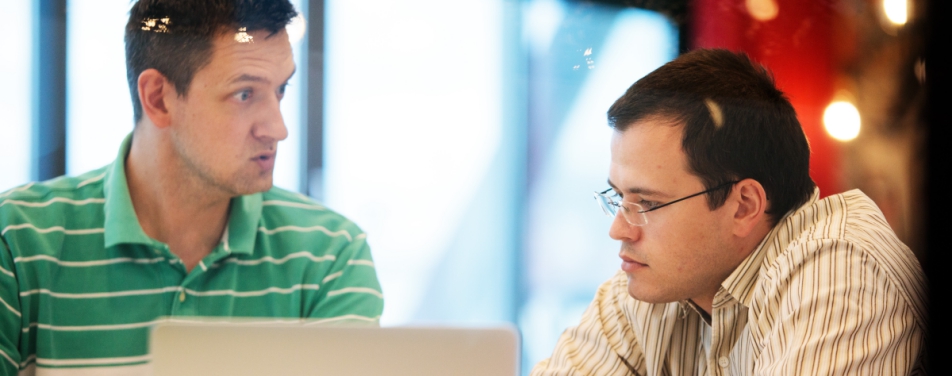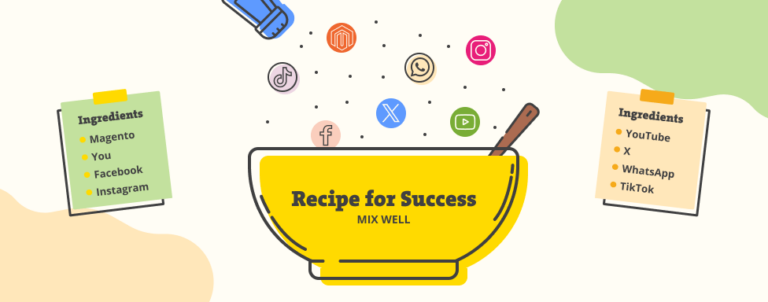Starting on any project, there are many things that you could do right and likewise do wrong too. Hence if you don’t kick off well, there could be many problems on the way, which could hinder your progress or even leave you stranded in the middle.
There are two sides to any story and project, two equal parts that you would need to contend with. And that is the client on one hand, and the team (that would support you on the endeavor) on the other hand. Coordinating with both sides and understanding both would be your priority to ensure that the task ahead is smoothly executed and concluded. One side is as important as the other and not understanding both comprehensively, would place you at a disadvantages position to ensure that the ultimate and final conclusion of the project could be as successful as you would want it to be.
The Client
It is in the best interests of the client and you, to have a sit down meeting on a one to one basis to put down on record everything that the client would want to be done by you. The fact that they are already in business would help you as you would get better inputs from them, but if they are new, it would be your onus to ensure that they understand what you could do for them and what you cannot.
Each client should be seen by you differently, as they could have different needs and would want your attention to specific details worked out on a different wave length. Comparing two clients, even if they are in the same business, would not be suitable to your interests because if you try to use the same yardstick you could face resistance in some areas. Hence keeping an open mind would be the best approach.
The first meeting should be concentrated on understanding all the needs of the customer and it would be in your better interests to listen carefully, rather than talking through it. Once you have everything that the customer wants down on paper it would be smart to leave it at that and conclude the meeting promising to come back with a solid proposal. Such a break would give you time to discuss issues with your team, and also provide you some breathing space to prepare yourself thoroughly before meeting them again.
The second meeting should be where you would do the presentation with all facts and figures. You should also be prepared to answer all their questions and queries which refer to the discussion had earlier. If you have any reservations you could always take time to revert back but if you have the answers it would be best if laid down on the table which would assert confidence in them that you know what you are talking about.
Work out a time table with the client and set deadlines and dates to achieve them as this would give some sense of responsibility to the client, your team and you too. Ensure that all what you promise could be carried out with you and never promise anything that you may not be able to fulfill. That would leave you at an embarrassing position, but it would also create room for possible conflict.
Record meeting minutes for future reference. This would ensure that if there needs to be any additions or subtractions they could be done at the next meeting, and these documents would also ensure that no conflicts would arise at a future date. Open ended agreements or contracts don’t work successfully and would only end up in conflict and disaster. Dates have to be set and working towards them will be the most challenging direction to take.

The Team
Once you have all the details from the client, it would be your priority to ensure that your team is fully briefed of what is required of them. Delegating duty to each member of the team would get them kick started on the project.
Choosing the right words to bring motivation to the team is of great importance, as that is what would direct them to deliver the results on time. Ensure proper guidance and that parameters are set so that they are fully aware what their responsibilities are.
The team should be based on what we call collective responsibility. That would give them a sense of loyalty to the task ahead and if it is as challenging as it would be, them getting to deliver fast could be achieved easily. The team also needs to understand what are the client’s needs, and how best you and your team are bound to interact to deliver positively and on time. Your team needs to be familiarized with the set deadlines and they need to be advised that these have to be met, as you have promised the client.
By keeping your words to the point you will ensure that your team didn’t miss anything important. After all, you want your team to be excited about the project start and ready to rock, not just feeling relieved that the project kickoff is all over.
Be the conductor of your orchestra!
A project can be compared to an orchestra. Orchestras are usually led by a conductor who directs the performance of the musical instruments. If the conductor fails to manage instruments to play in a line, the show will turn into a disaster. It is the same thing in a project. If the Project Manager fails to sync both sides towards the goals and expectations, the project will most likely turn in the wrong direction.
The fact is, how you get started matters. For a successful project, you have to coordinate and understand both sides, pick the right words and keep everyone in line, don’t you think?



